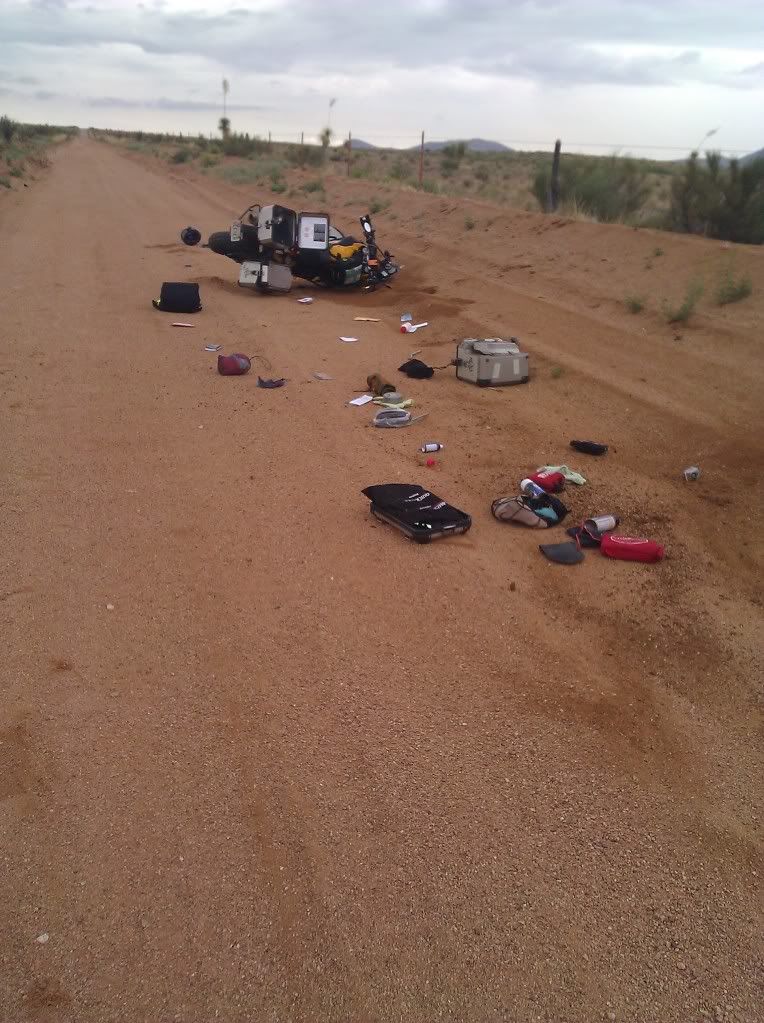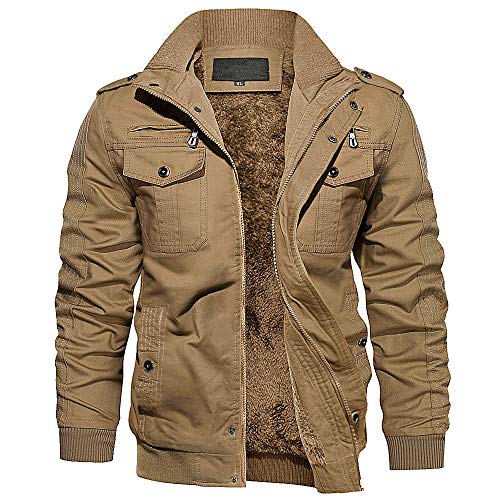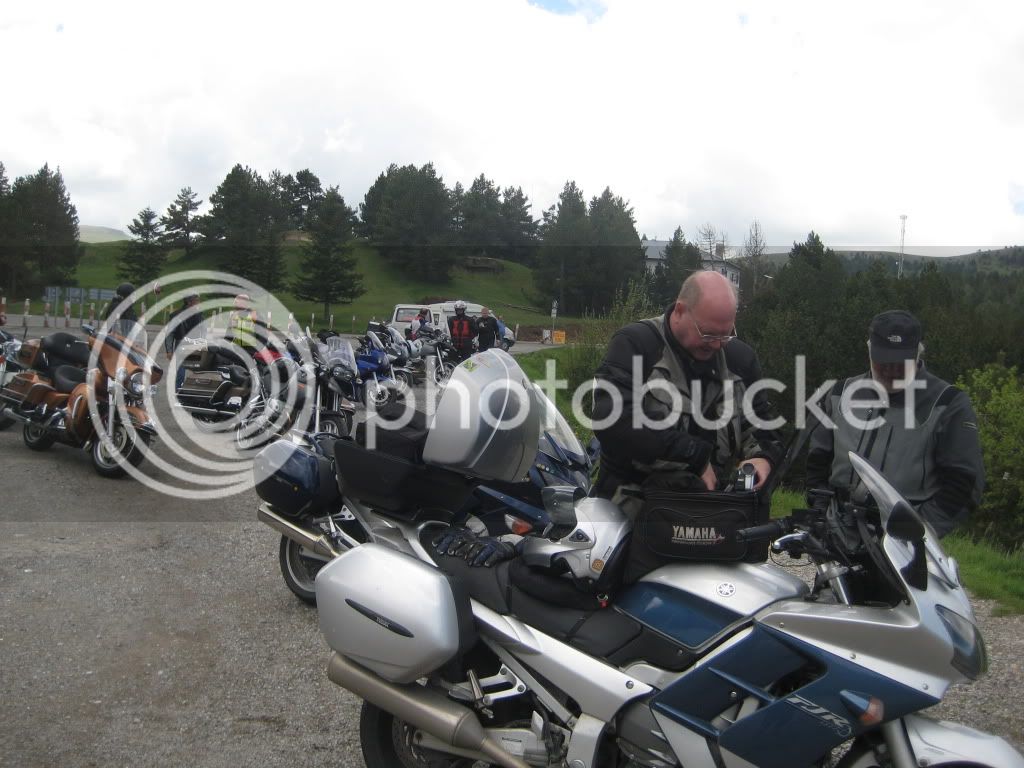This trip must be getting close my airline sent us an email about things we should remember to do... :lol:
Any good suggestions? I'm kinda forgetful myself.
Packing tips
Luggage with rollers or casters is recommended for your checked baggage, as it is easier to carry. Retractable rollers are even better since they aren’t detachable. Use luggage with removable straps since they can get caught on conveyor belts and break or damage your luggage. Make sure your luggage has a lock that doesn't dangle too much to avoid catching and tearing.
Each piece of baggage must have a name tag indicating the passenger’s address, phone number and e-mail address, if possible. Since cell phones are used worldwide, adding your number is recommended if travelling with your cell phone. We also recommend inserting personal identification (a business card, for example) inside your luggage and marking your travel dates on the tags.
Passengers should not pack food or beverages in checked baggage.
Footwear should be packed on top of other contents in order to protect them.
Personal belongings should be stored in a clear plastic bag to reduce chances of the screener having to handle them.
Books should be spread out, not stacked.
Undeveloped film and disposable cameras should be placed in carry-on baggage as screening equipment will damage them.
Gifts should not be wrapped.
Pack liquid items in less than full plastic bottles since they might freeze and expand when travelling through cold weather. Place the bottles in freezer bags with a seal to further protect your items.
Pack shoes in shoe bags or old socks to keep soles from dirtying your clean clothing.
Bring along a plastic trash bag to separate soiled items from clean clothes.
Replace aerosol cans (hairspray, deodorant, insect repellent) with the non-aerosol kind.
To keep your clothes smelling fresh while travelling, pack a sheet of fabric softener in your luggage.
Don't pack too many items in your bags.
Pack clothing that's less likely to wrinkle.
Button up your shirts so they'll hang properly when you wear them.
Roll up T-shirts or underwear and wrap your items around them. Keep clothes from creasing by wrapping them at a fold line.
Use proper-sized luggage. In a bag that's too large, items are more likely to move around, wrinkle and get damaged.
Place plastic dry cleaner bags between items. Avoid dry cleaner bags with printing on them since the ink can rub off and stain your clothes.
When you arrive, unpack as soon as possible.
Hang wrinkled items in the bathroom while you shower to steam out wrinkles.
Carrying and Taking Medication On Board
Pack medication in your carry-on bag. If your medication is temperature-sensitive, it is also less likely to be damaged.
Carry medication in their original containers to prevent security concerns.
Keep a record of the generic names of your medication as brand names vary.
Bring a letter from your physician stating you have a legal right to use your medication, especially if you're carrying large amounts.
Make sure your medication is not classified as illegal in your country of destination.
You may ask a flight attendant for water at any time in order to take your medication.
Camera Film
New screening equipment requires camera film to be packed in carry-on luggage. The best protection for your film is to buy it once you arrive and develop it before you return.
The Canadian Air Transport Security Authority (CATSA) has deployed and will continue to deploy new screening equipment for checked baggage at Canadian airports. This new equipment will damage camera film but will not harm digital disks.
The equipment used at pre-board screening (PBS) areas will not damage film under 800 ISO/ASA. Most amateur photographers use film in the 100-400 ISO/ASA range. However, multiple exposures (more than 5 times) of the same roll of film to PBS x-ray inspection may cause damage. If passengers are concerned about their film, even when placed in their carry-on baggage, they may request a hand search at the PBS area.
This new screening equipment is consistent with the types of equipment being deployed across the United States and around the world.

































































